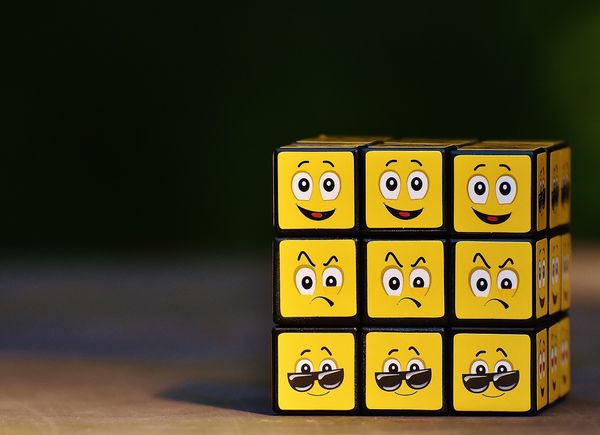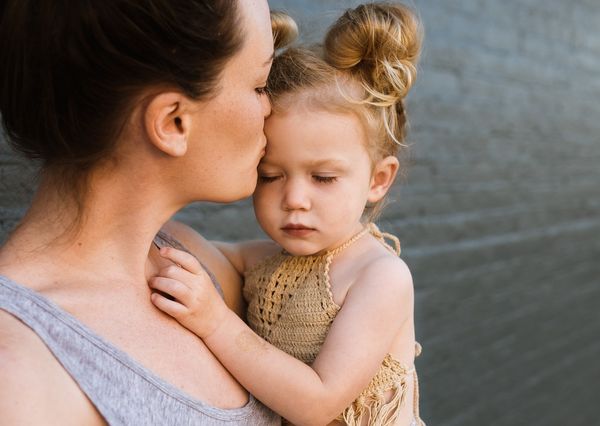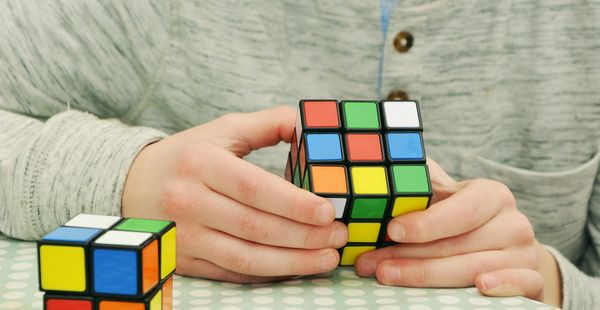Should We Teach Our Child To Fight Back?

A hot topic is whether to teach a child to fight back and what to do when someone hits my child, how to teach them to defend themselves.
Certainly, no one can prohibit or allow parents to teach their child to fight back. The decision rests solely with parents, and they bear the responsibility. However, I can outline the key points to consider.
I'll be discussing mainly preschoolers and younger school-age children, roughly up to 8-9 years old. This also applies to older children but to a lesser extent.
- Frustration and brain immaturity
So, why do little kids hit, bite, push, snatch toys from each other? What's the reason for such behavior? The reason lies in frustration and brain immaturity, specifically, the prefrontal cortex in their age has not fully integrated with the hemispheres. Up to 5-7 years old, and in highly sensitive children up to 7-9 years old (approximate figures), only one emotion prevails at a time due to immaturity. This means that when a child feels frustration, which usually turns into aggression, the emotion can completely engulf the child, and restraining the impulse becomes impossible. The impulse to take a toy arises—the child takes it, the impulse to hit—the child hits, to bite—they bite, to push—they push, to insult—they insult. The child physically cannot restrain the impulse because the integration of the prefrontal cortex with the hemispheres is responsible for that. So, we say that from 5-9 years old, children develop mixed emotions, otherwise known as ambivalent ("On one hand, I'm angry and want to hit mom, but on the other, I love her, so I won't hit"). This "on one hand" and "on the other hand" is actually an indication of the beginning of integration; the brain starts to mature (like some kind of fruit, hehe), and it matures approximately until the age of 25. Yeah, it's a slow process. And we can tell a three- or four-year-old a million times, "Stop fighting," but the child is seized by the emotion, an impulse arises, and the child may remember, know, and understand that hitting is not allowed, but at that moment, there's only the impulse, so they hit. In other words, what we say and remind them of is good, but it's an investment in the future, at the time when the brain begins to integrate, around the ages of 5-9 and beyond.
What does this mean? It means that if another child on the playground or in daycare hits ours, they did it due to brain immaturity and overflowing emotions, not because they intentionally wanted to cause harm. We are now talking only about preschoolers and immature brains. This is important. About children who are supervised by their parents, not on their own.
Often, under the influence of the impulse, a child may retaliate. It happens that they don't need to be taught. This also occurs due to brain immaturity. It's challenging to restrain an impulsive reaction. But we, as adults, remind them of other ways to protect themselves.
- Tolerance of violence
Now let's look at it from another angle. What is fighting back? It's responding to violence with violence. Essentially, it's tolerating violence or legalizing it. Teaching a child to fight back is a double message: "Another child fights, and their violence is bad, but if you hit back, your violence is good." It immediately brings to mind the principle of primitive societies, "An eye for an eye, a tooth for a tooth." But we are no longer primitive people. Why not try teaching a child to resolve conflicts in other ways?
- Fighting back is dangerous
When we teach fighting back, we don't know how the other child might react (essentially, two little people with a huge aggression charge and the inability to control it). The other child may hit again, grab a stick, or do something else, and the consequences can be dire. Therefore, if you decide to teach fighting back, understand that the responsibility for the fact that the child may get hurt lies with you.
How To Handle It? When A Child Can Defend Themselves Without Fighting Back?
- To protect our children, we have adults—parents, caregivers, grandparents, and so on.
When children are little, we protect them for a long time, and during this period, the child learns how to defend themselves by observing our example. Positive experiences form when someone hits, and Mom protects. If our child is hit, we approach the other child with words like "I don't allow hitting my daughter/son" and observe the situation to see if the aggression stops or if we need to remove our child. If our child hits, we address the other child: "Sorry, please. I regret that it happened." We can also remind our child that we don't hit people or animals, and when upset, they can throw toys or stamp their feet. Reminders are an investment in the future because a three or four-year-old may remember, but an impulse arises, and off they go. - When our child is fighting, we should pay attention to frustration.
We should understand that if the child is tired, hungry, thirsty, needs to use the bathroom, feels hot or cold, or lacks contact with adults, the excess frustration comes out through fights, bites, etc. We monitor the child's condition; we shouldn't expect the child to say if they're hungry or tired, even if they're five or six years old. - Instead of fighting back, we can teach the child to extend their hand forward, shout loudly: "STOP! It hurts!!!", and ask for help from adults.
The child should not be afraid to seek protection from us or caregivers, so we don't shame them for it. We explain to relatives not to shame them either. Asking for help and escaping are good ways to protect themselves. In adult life, we do the same—avoid danger, steer clear of suspicious company, escape from aggressive strangers, ask for help, and, in extreme cases, defend ourselves. However, our mature brain can evaluate whether it's worth fighting back or better to flee, which is the difference between three-year-olds and adults. A three-year-old cannot assess how much force to use in self-defense and may injure another child.
Shouting "STOP!" is a form of defense because, at that moment, the child is still channeling necessary aggression for protection. The perpetrator understands the non-verbal signals—voice, intonation, body position, confidence, muscle tension. If capable of stopping, they will. If not, even if we fight back, the conflict might turn into a brawl. There's no need to hit them—just demonstrate confidence and readiness to defend oneself.
Safety and self-defense questions for children older than 10 deserve a separate discussion. Older children should be explained such matters differently.
I would love our society not to tolerate violence, protect children, and offer alternative ways to defend themselves rather than encouraging "fighting back."



